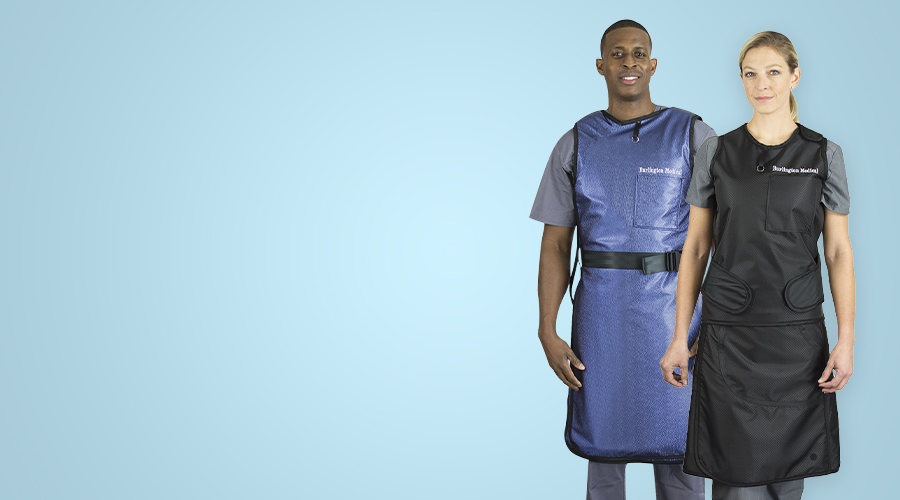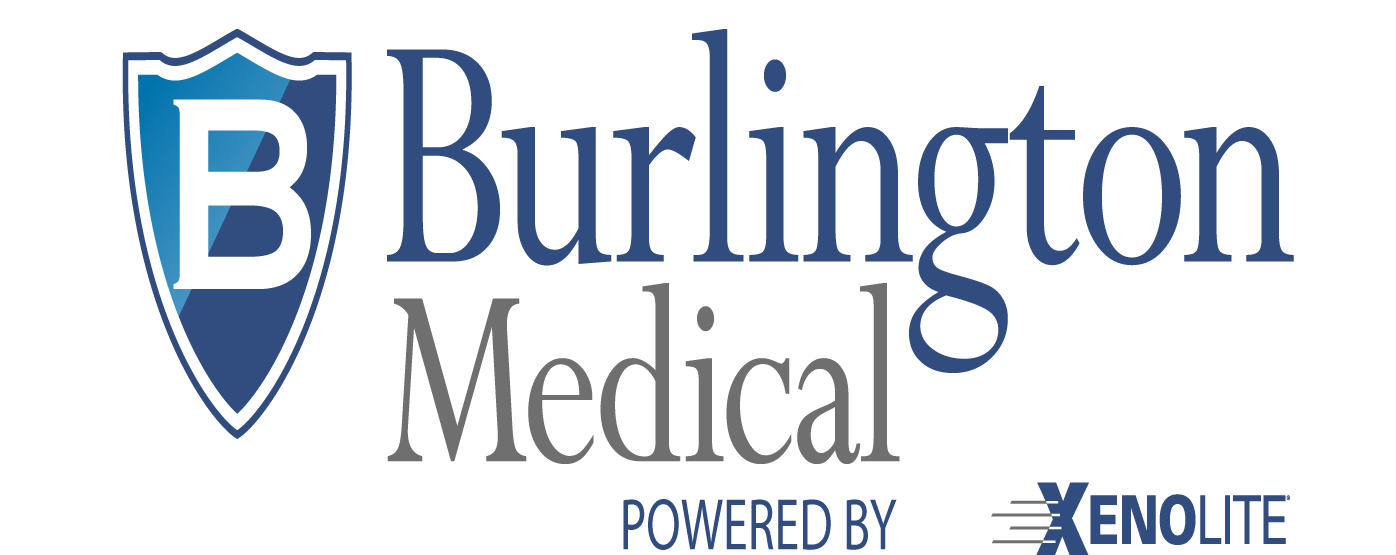How To Protect Patients and Staff From Healthcare-Associated Infections

Healthcare-Associated Infections COST $25B TO $31.5B Annually
![]() By Stephanie Phillips, BSN, RN
By Stephanie Phillips, BSN, RN
This year, healthcare-associated infections (HAIs) are estimated to affect 1 in 25 patients each day in the U.S. According to an economist with the Centers for Disease Control and Prevention (CDC), this equates to hospital costs of $25B to $31.5B annually to care for these patients.
The World Health Organization (WHO) identified Staphylococcus aureus (S. aureus) and Pseudomonas aeruginosa (P. aeruginosa) as the highest-priority pathogens that cause serious health complications in humans. One of the more common HAIs, Methicillin-resistant Staphylococcus aureus (MRSA), is feared by many because of its resistance to antibiotics. The CDC estimates that MRSA is responsible for more than 70,000 severe infections and 9,000 deaths per year.
MRSA is a bacterium resistant to many antibiotics and causes bloodstream infections, pneumonia, and surgical site infections. MRSA infections often occur when surfaces where S. aureus is present touch the patient and enter the body through openings in the skin during procedures or surgeries. This direct exposure often leads to HAIs that could prove deadly. Progress has been made in slowing the rate of infection in hospitals; however, MRSA remains an important healthcare pathogen and priority for the CDC.
The prevalence of MRSA infections in hospitals has been reduced through prevention initiatives that place a higher focus on hand hygiene, contact isolation of those who have infections, and appropriate and controlled use of antibiotics. Still, more work needs to be done to lower the incidence of HAIs further. CDC guidelines recommend following manufacturers’ instructions when cleaning and disinfecting medical devices, and the Joint Commission requires documentation of those procedures.
The COVID-19 pandemic has heightened awareness in healthcare facilities related to infection control. A new virus brings new challenges to ensure porous and non-porous surfaces are clean and safe for patients and healthcare workers (HCWs). As infected patients cycle in and out of facilities, anything they touch becomes a breeding ground for the virus, which increases the threat of infection for other patients and HCWs who may touch a contaminated surface.
Staph aureus and Tinea corporus (ringworm) are commonly found on x-ray aprons.
Attention is being placed on the sharing of x-ray aprons between hospital employees and medical device sales representatives as a potential for pathogen transmission. Stains are often seen on x-ray aprons and thyroid shields, and HCWs frequently report them having unpleasant odors.
According to research conducted at Wayne State University of Detroit Medical Center, 84 percent of aprons worn by interventional radiology staff were found to have colonies of Staph a and Tinea corporus (Jaber, Harvill, Qiao, 2014). Documentation that annual fluoroscopy has been performed on x-ray aprons is required by regulatory agencies to ensure wearers are protected from scatter radiation. There are, however, no regulations for the cleaning and disinfection of these items.
In the article “Periop Nursing Team Discovers Ringworm in X-Ray Garments” (2020), it was reported that a formal approach to garment cleaning in the perioperative area led to an Indiana hospital’s facility-wide initiative to protect both patients and staff from infection caused by contaminated x-ray aprons. The periop director stressed the importance of collaboration between the garment manufacturers and healthcare facilities to ensure a constant focus on process improvement.
Porous fabric on the inside of an apron or thyroid shield can be a harbor for sweat and pathogens that could transfer from one wearer to another when the apron is shared or used to shield a patient. The outside fabric, either porous or non-porous, regularly contacts surfaces, patients, and other objects that may contain pathogens. There is a potential that these pathogens could transfer onto a patient from an x-ray apron with the result being a patient who develops an HAI or a staff member or sales representative who contracts an infection.
There is limited guidance on how to clean x-ray aprons.
Hospital staff admit there is limited knowledge of how to properly clean and disinfect an x-ray apron, and most admit there are few policies in place requiring routine cleaning or disinfection. Most often, only random spot-cleaning is done when areas become soiled. Clinicians and HCWs who are performing procedures or surgeries wear sterile surgical attire over their x-ray aprons, which serves to protect the patient. However, nurses and others in the room wear uncovered x-ray aprons leaving patients directly exposed to pathogens that are on the surface of or embedded in the fabric of their aprons. This places the patient at an increased risk of acquiring a HAI.
Enhanced cleanings, or wiping down the x-ray aprons with disinfecting wipes, combined with scheduled deep cleanings by professionals, are key aspects of ensuring the garments intended to protect staff and patients from the unseen dangers of scatter radiation are also free of infection-causing pathogens. When one department begins the discussion to protect patients and staff, a system-wide initiative quickly takes shape.
As hospitals begin rescheduling canceled outpatient and elective procedures, the landscape of healthcare and infection control will be different. Hospitals should consider precautionary measures surrounding x-ray aprons and thyroid shields. Policies directing regular cleaning and disinfection of those items should be established and monitored. Ensuring the health and safety of patients and staff through routine cleaning is equally important as ensuring the integrity of protective material through annual fluoroscopic inspections. Eliminating the sharing of x-ray aprons between employees and with vendors and establishing regular cleaning patterns of individuals’ aprons are positive steps in maintaining infection control for both patients and staff members.
Burlington Medical care about customers.
Burlington Medical is taking a formal approach to the cleaning of x-ray garments. We have partners that provide timely repairs and deep cleaning of our aprons and thyroid shields. Our commitment to safety extends to our customer who rely on imaging technology and the patients those garments may contact.
Cleaning recommendations are provided with all wearables, and we offer a range of fabrics from polyester to those that are non-porous and possess anti-microbial properties. Account Managers will partner with supply chain and department managers to ensure budgets are maintained and each HCW has an x-ray apron and thyroid shield of their own to decrease pathogen transmission. We have a broad range of apron styles to fit all budgets, and our protective material meets strict independent testing guidelines. This ensures HCWs are protected equally no matter the apron style chosen.
Account Managers are available for consultation with virtual fittings utilizing the latest technology of hands-free measuring and fittings off-site. All sales representatives are fully credentialed and available to go into facilities when and where needed. Aprons and protective material are made in the U.S., and our turn-around times are the fastest in the industry. Quick turn-around means aprons will be in facilities and available to all who need them as patient volumes increase. Burlington Medical’s staff and partners look forward to seeing and serving our customers!
M. Jaber, M. Harvill, E. Qiao, Lead Aprons Worn by Interventional Radiologists Contain Pathogenic Organisms Including MRSA and Tinea Species, Society of Interventional Radiology; 2014, March 26.
Periop Nursing Team discovers ringworm in x-ray garments. (2020, January 8). AORN. Retrieved from https://www.aorn.org/about-aorn/aorn-newsroom/periop-today-newsletter/2020/2020-articles/ringworm-in-x-ray-garments.
